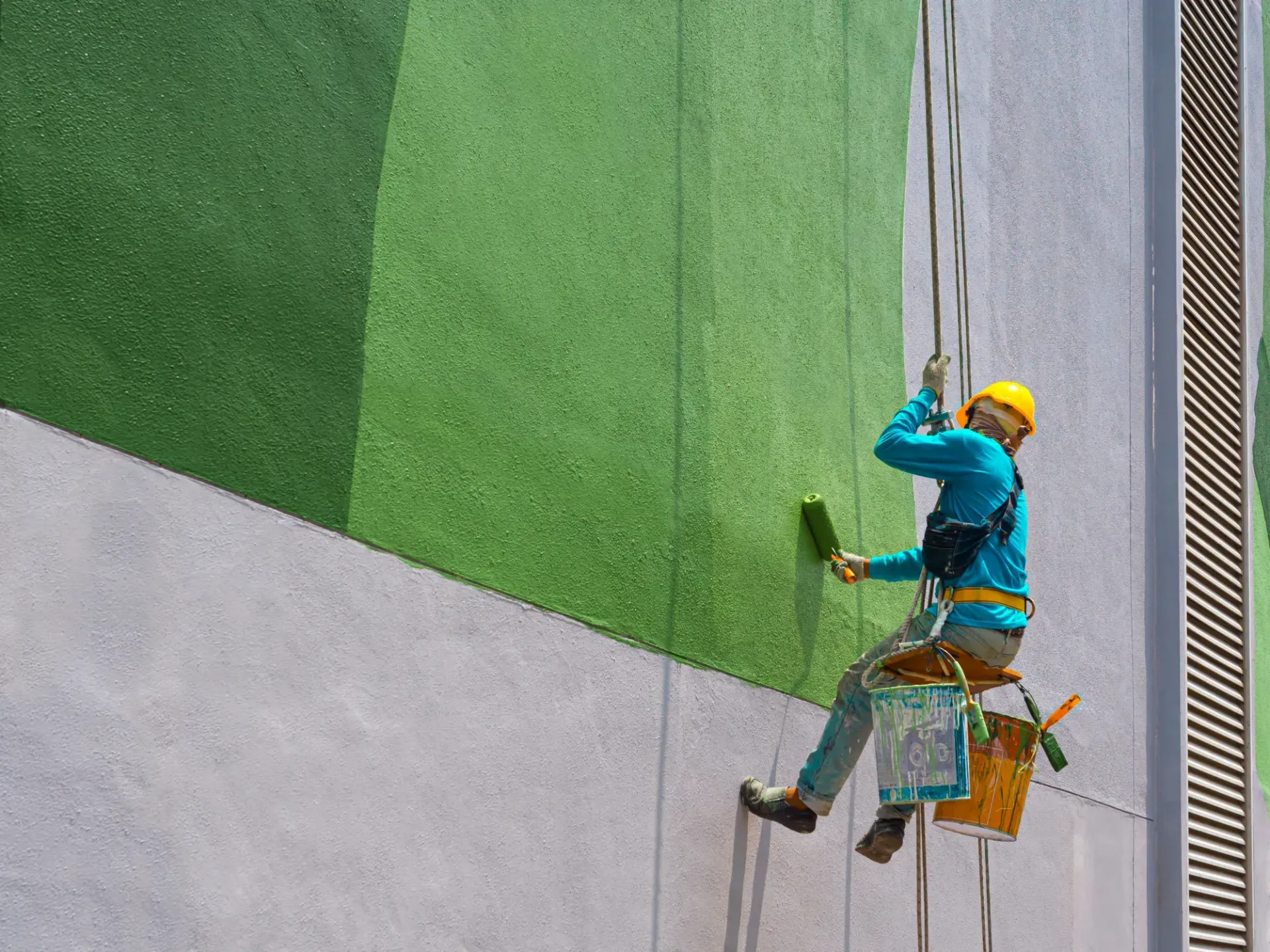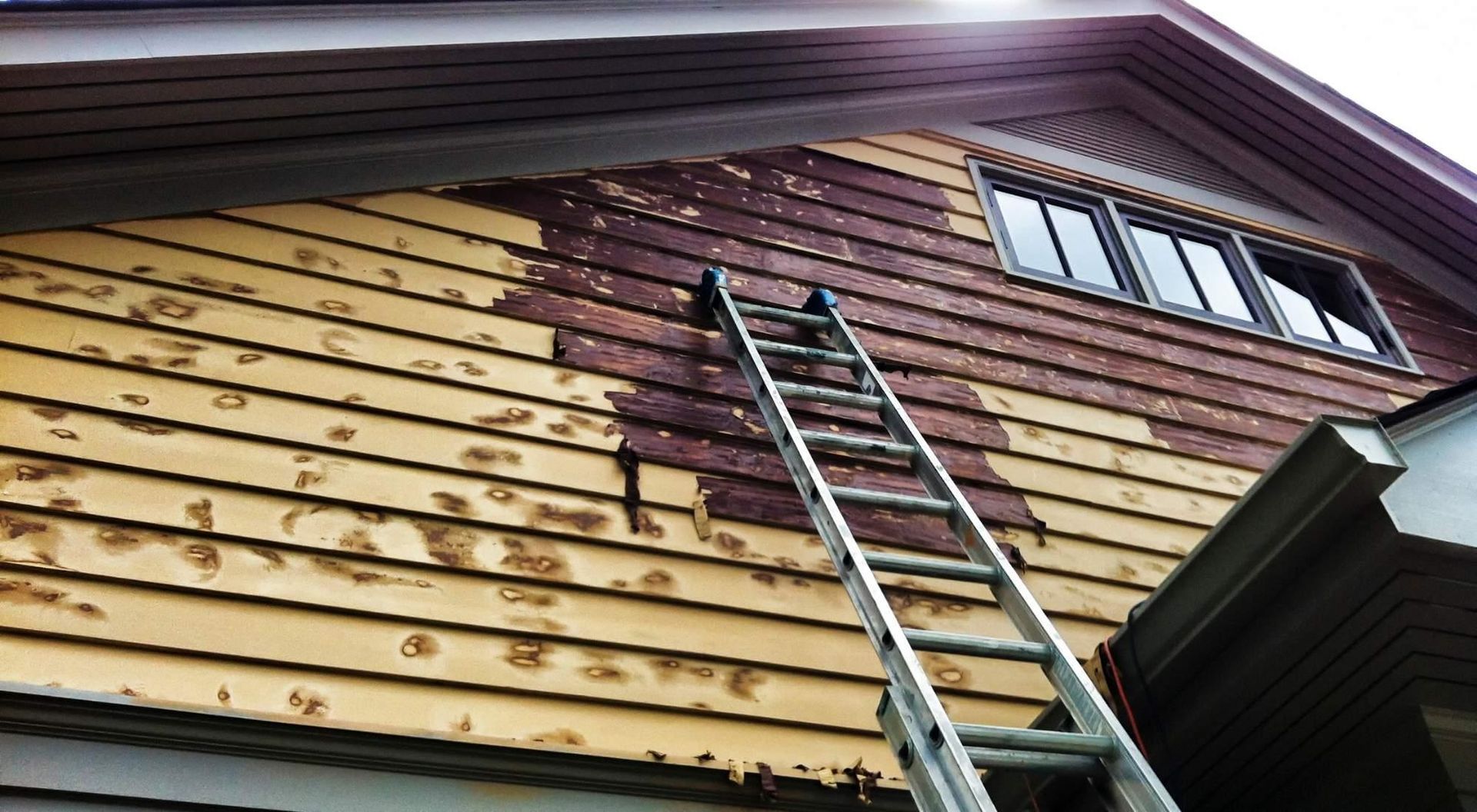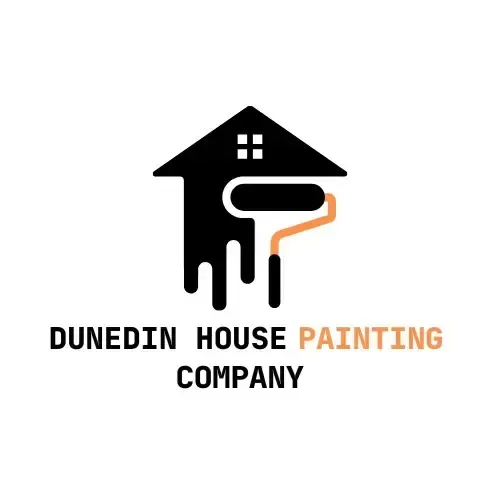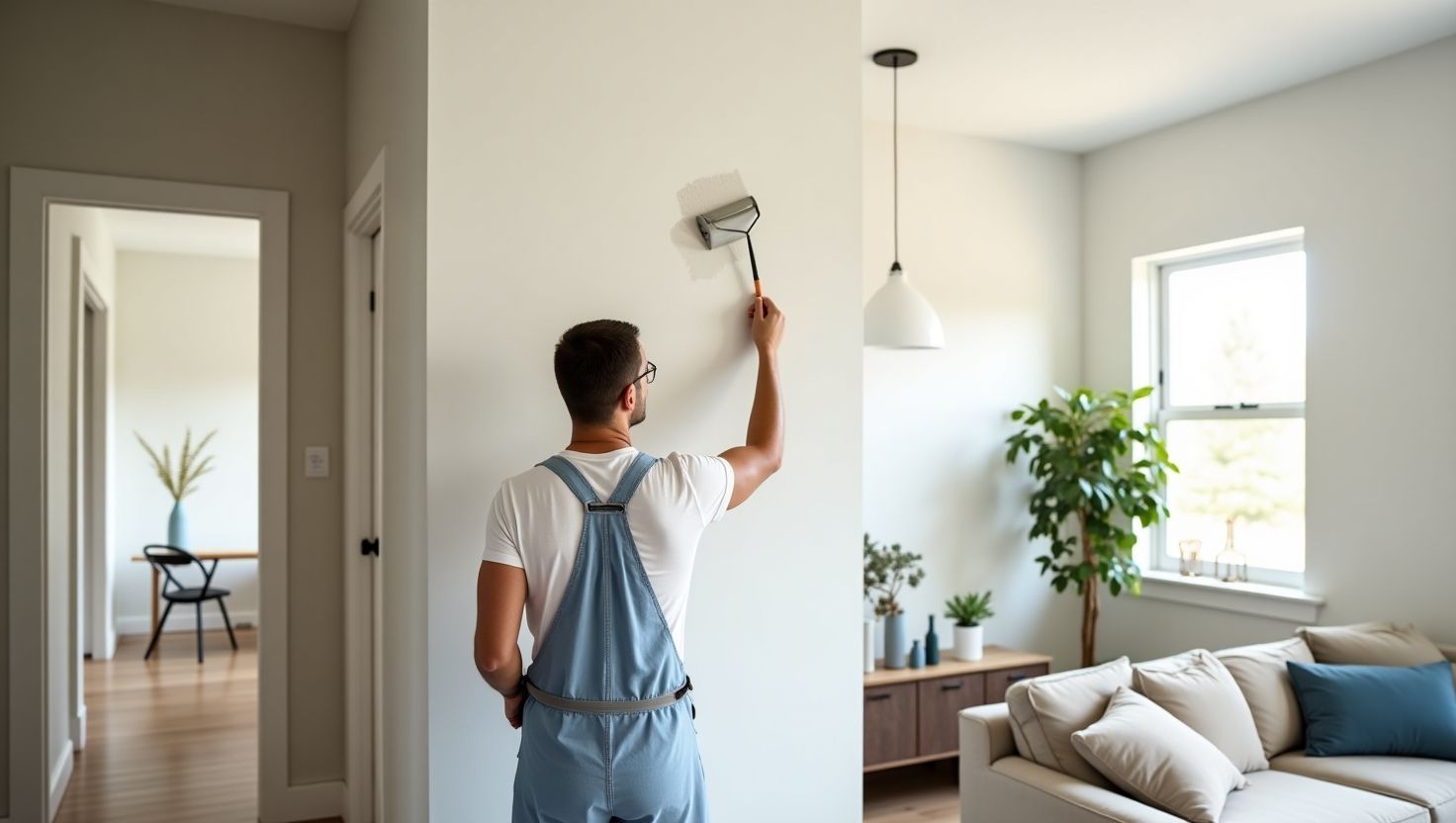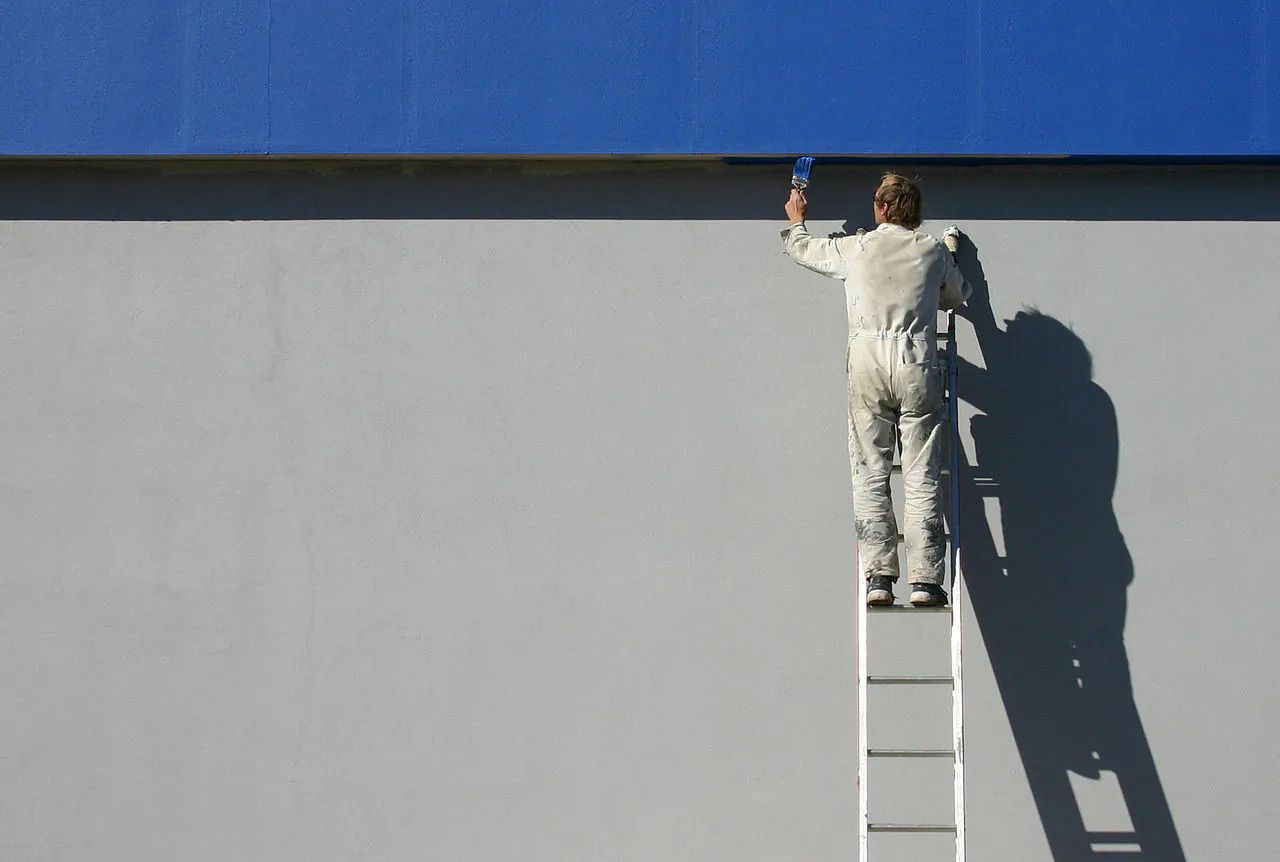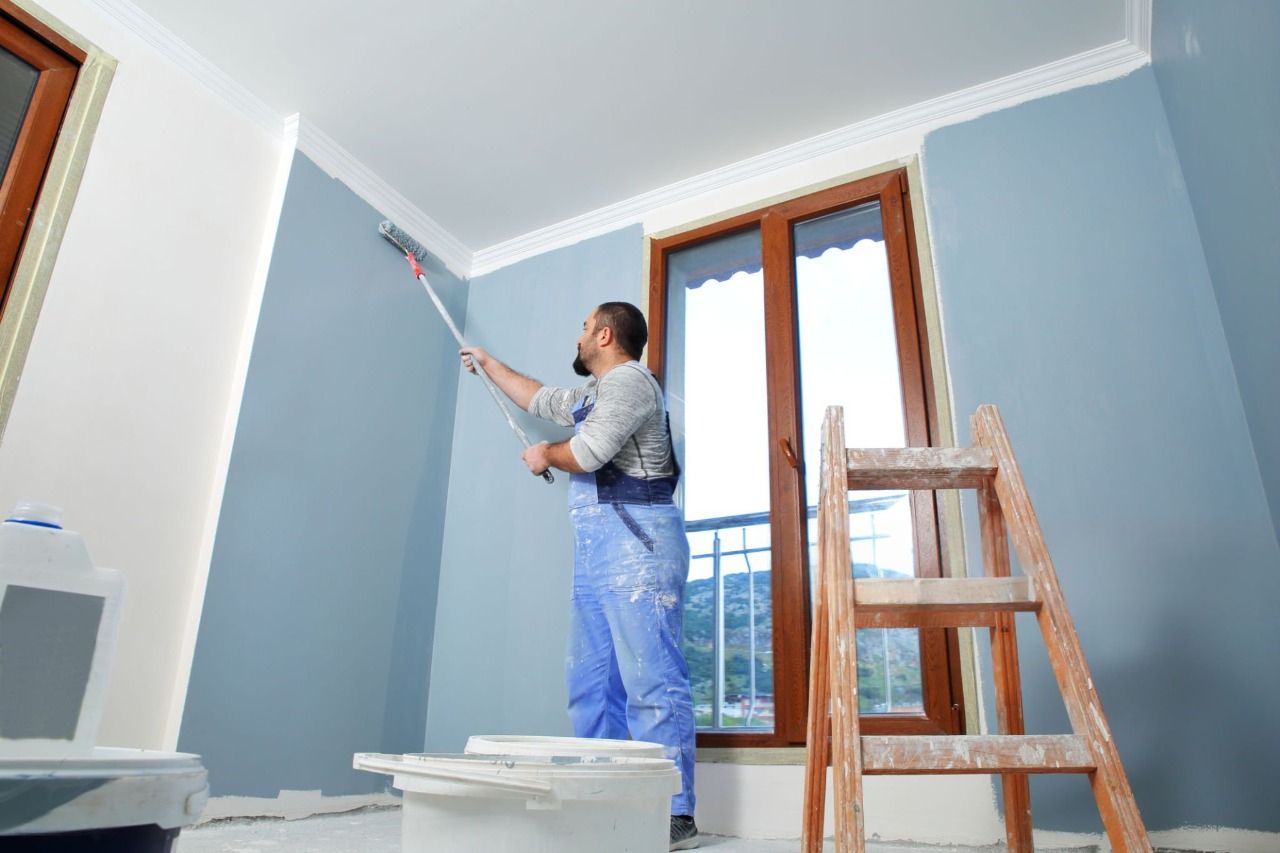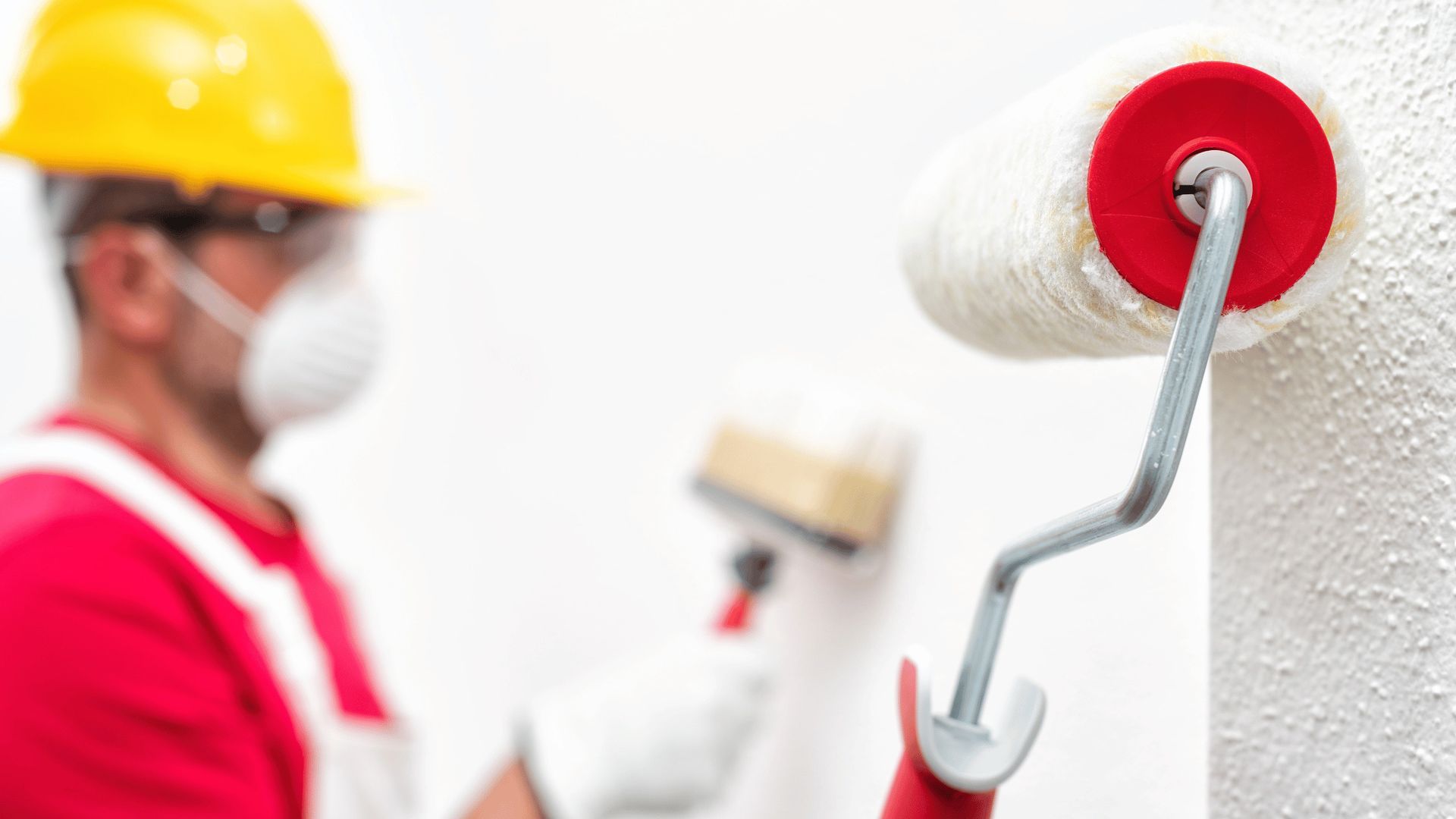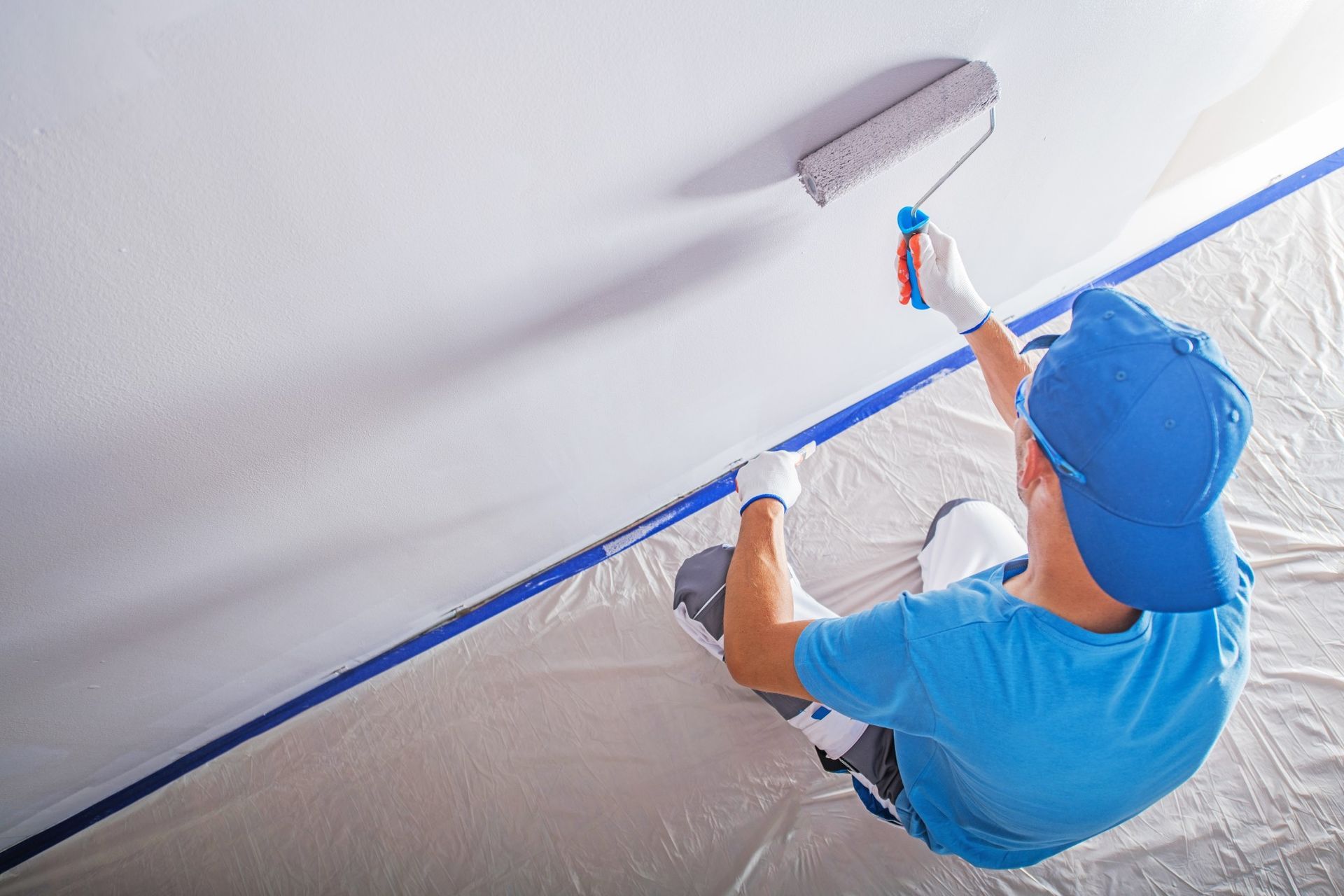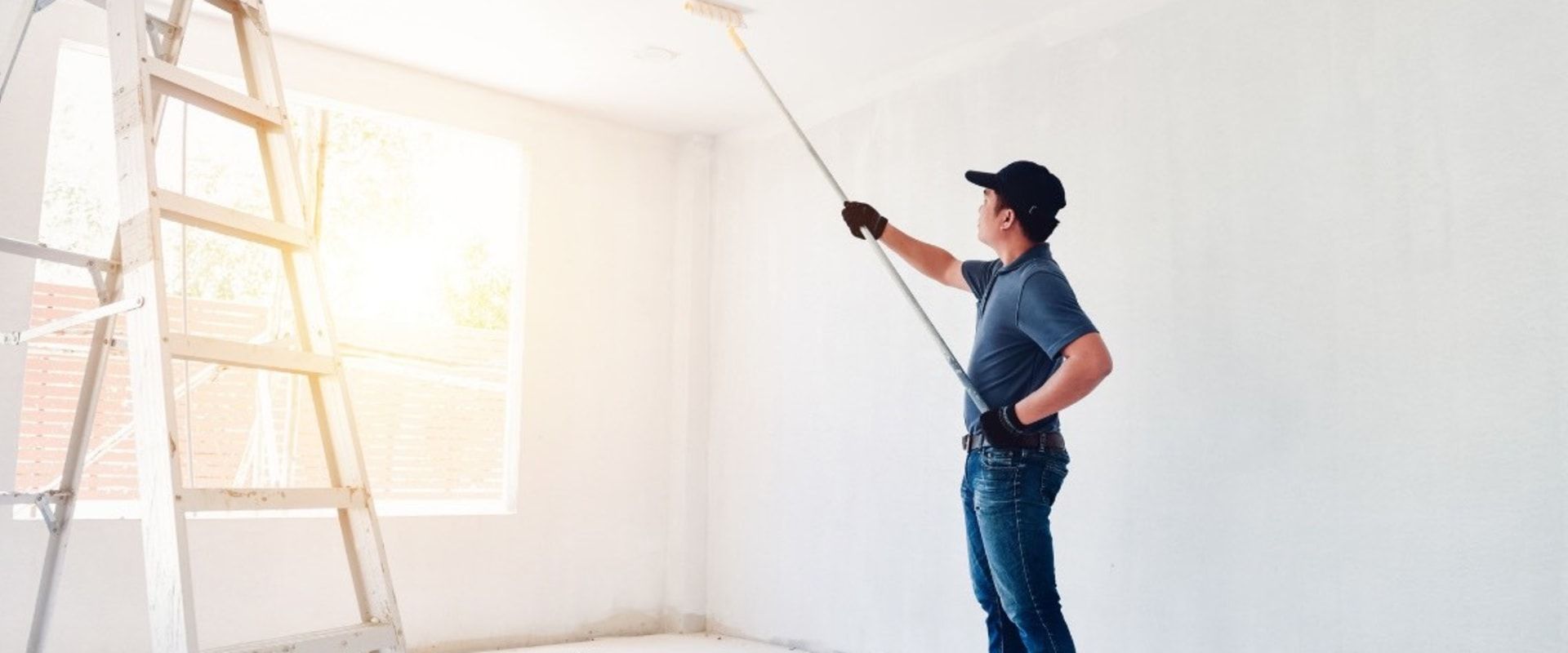Brushstrokes of Time: Paint’s Journey from Utility to Art
From the moment early humans daubed natural pigments onto cave walls, paint has colored more than surfaces—it has shaded our identities, beliefs, and cultures. Over millennia, paint transitioned from utilitarian functions to becoming a primary vehicle for creative expression. This fascinating evolution mirrors humanity's shifting values and innovations. In this article, we trace the captivating journey of paint—from rudimentary applications to awe-inspiring artistry—and reveal how its influence continues to inspire and beautify our world.
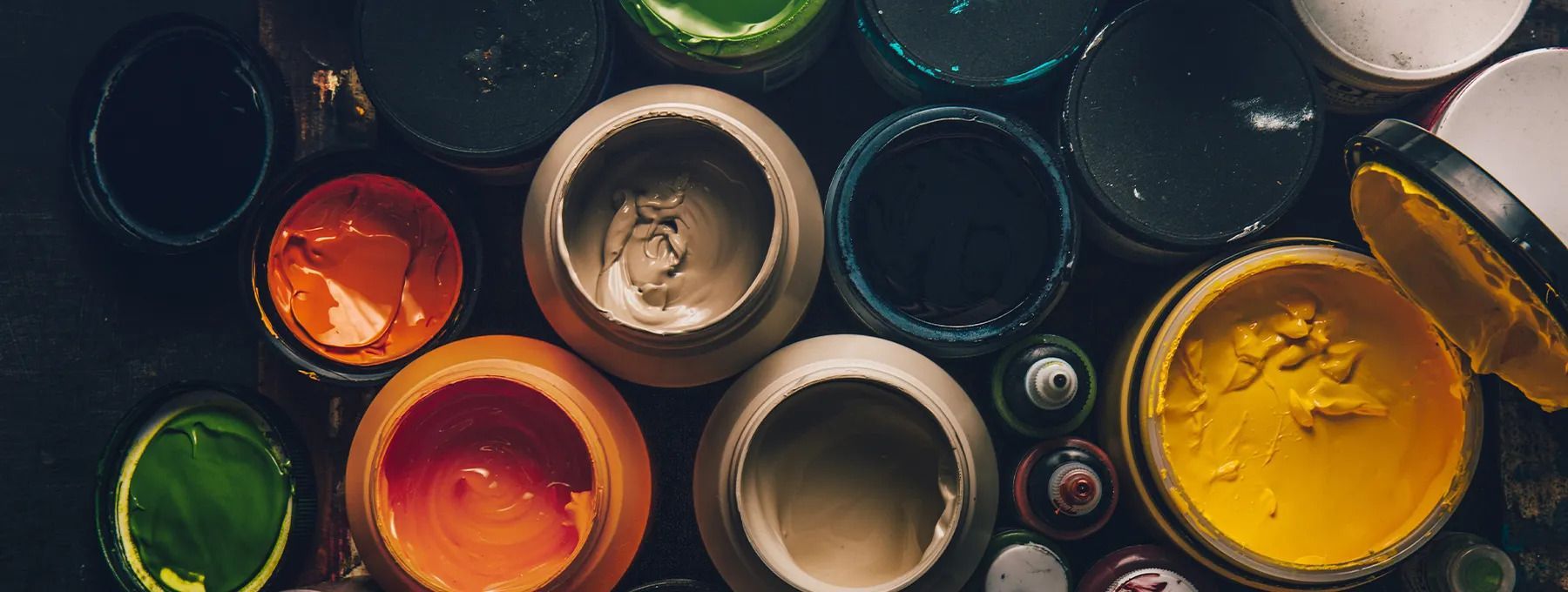
Paint’s Journey from Utility to Art
Paint, much like language, began as a simple tool. It was used to mark, to record, to warn, and to worship. But as time flowed forward, it became clear that paint could do something much more magical—it could move people. It became a bridge between imagination and reality.
The Birth of Paint in Prehistoric Times
The story begins tens of thousands of years ago in the dusky interiors of caves in Lascaux, France. Early humans crushed minerals, charcoal, and animal fats to create crude pigments. These early paints were not art for art's sake—they served as storytelling, spiritual, and survival tools.
The materials were natural but deeply symbolic. Red ochre signified life and death; black charcoal hinted at mystery. These early uses of paint sowed the seeds of expression, allowing early humans to not only communicate but also connect with each other and the unknown.
Paint as a Practical Tool in Early Civilizations
As civilizations blossomed—Egypt, Mesopotamia, the Indus Valley—so too did the uses of paint. Murals adorned tombs and temples, not only for beauty but to guide souls into the afterlife. In ancient Egypt, paint was a language, coded with meanings: green for fertility, blue for protection, gold for divinity.
These societies meticulously developed painting techniques that were both functional and decorative, laying the groundwork for more sophisticated artistic endeavors.
Symbolism and Spiritual Use in Ancient Cultures
In cultures from Mesoamerica to India, paint transcended utility. It became sacred. Hindu deities were rendered in vibrant hues, with each color symbolizing divine traits. Native American tribes painted totems and bodies with symbolic meaning. The art was communal, ceremonial, and deeply spiritual.
Religious Dominance in Color Usage
During the Middle Ages, the Christian Church held immense power, and art was largely religious. Illuminated manuscripts and stained-glass windows told biblical stories in a time of widespread illiteracy. Paint was wielded with reverence, and each pigment—often rare and expensive—held significance.
Frescoes, Pigments, and the Church
Artists used egg tempera and natural dyes on plaster to create frescoes. The ceilings of cathedrals turned into heavenly realms. The paint, though bound to religious service, was a tool of awe, transporting worshippers into divine narratives through luminous color.
The Rise of Artisans and Guild Systems
As guilds formed, painting became a legitimate profession. Knowledge of pigments and methods was passed down meticulously. Artisans were not mere workers—they were esteemed craftsmen, and the demand for painted goods surged across Europe.
Oil Paint’s Arrival and Influence
The invention and perfection of oil paint by Northern European artists revolutionized painting. It dried slower, allowing for richer layering and more precise blending. Jan van Eyck’s mastery changed the course of art forever, ushering in new dimensions of realism.
The Invention of the Paint Tube
In the 19th century, something seemingly small had a massive impact—the paint tube. Artists no longer had to mix colors in the studio alone. They could go outdoors, observe nature directly, and paint in real time. This single invention led to the Impressionist movement and a more personal, spontaneous art form.
Industrial Revolution and Mass Production
The Industrial Revolution mechanized paint production. This accessibility democratized art. Not only artists but also interior decorators, builders, and homeowners could access colorful paints, transforming ordinary spaces into expressions of taste and identity. House Painting Service companies even emerged to offer professional-grade results for residential and commercial properties.
Romanticism and Nature’s Palette
The Romantic era cherished emotion and nature. Artists like Turner and Friedrich used paint to evoke mood rather than mirror reality. Misty landscapes and tempestuous seas portrayed inner turmoil and awe, moving viewers with raw, unfiltered emotion.
Impressionism: The Color of Light
Monet, Renoir, and Pissarro challenged convention with flicks and dabs of color. They explored how light transforms color and how moments feel. Paint was no longer about precise forms; it became a study of perception, giving rise to modern visual language.
Expressionism and the Emotion of Color
Bold, chaotic, and evocative, Expressionism used paint to scream rather than whisper. Van Gogh’s thick swirls and Edvard Munch’s haunting figures captured the psyche’s turmoil. Paint was no longer passive—it was personal and political.
Abstract Art: Paint Beyond the Object
By the 20th century, artists like Kandinsky and Pollock shattered conventions. They abandoned form for feeling, turning paint into performance. The canvas became a space of dance, struggle, and release. Art was not what you see, but what you feel.
Street Art and Graffiti: The Urban Canvas
Spray paint gave rise to modern visual rebellion. Graffiti transformed concrete into canvas. Murals voiced social justice, identity, and resistance. From New York subways to Berlin walls, the cityscape became a gallery of raw, public expression.
Digital Painting and New Media
Today, paint doesn’t just live in tubes. With digital brushes and touch screens, artists merge tradition with technology. Photoshop and Procreate mimic oils, watercolors, and more—expanding the accessibility of painting like never before.
Chemistry’s Role in Color Development
Advancements in chemistry have enhanced paint’s vibrancy, longevity, and safety. From lead-free formulations to synthetic pigments, science ensures that paint today is safer and more sustainable than its toxic ancestors.
Psychological Effects of Colors
Color impacts mood. Blues calm, reds energize, yellows uplift. Interior decorators and therapists use paint as emotional tools, transforming spaces into sanctuaries or creative zones.
Restoration and Conservation Technologies
Old masterpieces face decay, but modern restorers use sophisticated paints and scanners to resurrect lost colors and preserve cultural heritage. It’s art meeting science at its finest.
Protest Art and Political Expression
Paint is often the first response in protest. From banners to body paint, color has long been a tool of resistance—symbolic and striking. It remains a loud, visual form of dissent.
Public Murals and Community Voice
Communities worldwide now commission mural projects to reclaim space and voice identity. Paint beautifies, unifies, and narrates local stories in public view.
Evolution of Brushes and Mediums
While tools evolved—goat-hair brushes, nylon bristles, sponge rollers—so did techniques. From delicate glazes to splattering methods, every evolution in tool expands what’s possible with paint.
Layering Techniques Through Eras
Layering isn’t just artistic—it’s metaphorical. Renaissance underpaintings, Impressionist color overlays, or digital layer masks—they all add depth, texture, and meaning.
Palette Knife Painting and Impasto
Using a knife instead of a brush brings a sculptural quality to paint. Impasto emphasizes texture and movement, giving viewers a tactile experience of color.
Decorative Painting in Ancient Homes
From Pompeii's frescoes to Moroccan tile designs, decorative painting has graced homes for centuries—merging functionality and beauty with cultural significance.
Color Psychology in Modern Interiors
Paint isn’t just decor—it’s design psychology. Modern house painting service providers blend color theory and style to help homeowners craft ideal living environments.
Eco-Friendly Paints in the Green Era
Today’s consumers demand more from paint: low-VOC, biodegradable, recyclable. Eco-conscious paints are redefining the industry—one brushstroke at a time.
The Artist’s Journey Through Centuries
Artists have worn many hats—artisan, rebel, philosopher. Their role in society has transformed from nameless laborers to celebrated visionaries.
Recognition and Patronage in History
From Medici commissions to modern galleries, the business of art has always shaped who gets seen and celebrated.
From Commissioned Work to Freelance Artists
In today’s world, artists are entrepreneurs. Online platforms and social media let them showcase, sell, and build communities directly.
Paint in Art Education Systems
From kindergartens to elite art schools, paint remains a foundational medium in nurturing creativity and expression.
Workshops, Tutorials, and Digital Learning
The democratization of learning has empowered millions to pick up a brush—thanks to YouTube, Coursera, and live online workshops.
Paint in Therapy and Rehabilitation
Art therapy uses painting to heal trauma, foster communication, and rebuild identity. It’s proof that paint has power beyond beauty.
Asian Ink Wash vs. Western Oil
Each region paints differently. The fluid grace of sumi-e contrasts with the texture-rich strokes of oil. Yet both aim to capture truth.
Tribal Body Painting Traditions
Paint on skin tells stories—of tribe, status, ceremony. In Africa, Australia, and the Amazon, body paint is history written in pigment.
Latin American Muralism and Resistance
Diego Rivera, José Clemente Orozco—these artists made walls speak. Muralism in Latin America blends history, protest, and pride.
The Business of Paint Manufacturing
Behind the art is an industry. From pigment sourcing to branding, the global paint market is vast, competitive, and innovative.
Branding and Packaging Evolution
Today, even paint cans are art. Branding connects products to emotions—be it nostalgia, elegance, or adventure.
Paint in Product Marketing and Design
Color schemes are critical in consumer psychology. From fast food to fashion, paint subtly steers perception and decision-making.
Toxicity in Historical Pigments
Lead white. Vermillion. Arsenic greens. Yesterday’s paints were potent—but dangerous. Their stories are as colorful as the hues themselves.
Sustainable Paint Practices Today
Modern brands prioritize green chemistry and ethical sourcing. Innovations are making the art of painting safer for our planet.
Recycling and Upcycling with Paint
Discarded paints are reborn in community murals, school projects, and upcycled furniture—giving waste new life.
Paint as a Healer of Traumas
In hospitals and refugee camps, paint empowers. It lets survivors voice pain, hope, and dreams when words fail.
Creating Connection Through Colors
A shared mural, a community project—paint brings people together, turning empty walls into shared stories.
Personal Identity Through Art
For many, painting is introspection. A mirror. A meditation. Each brushstroke whispers: This is who I am.
FAQs
What were the first known paints made of?
They were made from natural materials like ochre, charcoal, and animal fats.
How did the invention of paint tubes influence art?
It allowed artists to paint outdoors, sparking movements like Impressionism.
Is paint still used for functional purposes?
Absolutely—especially in home decor, construction, and signage.
Are traditional pigments still used today?
Yes, though safer synthetic alternatives are now preferred.
What’s the difference between oil and acrylic paints?
Oil paints dry slower and blend smoothly; acrylics dry faster and are more versatile.
How does color affect mood?
Colors psychologically influence emotions—blues calm, reds energize, yellows uplift.
Conclusion
Paint has come a long way from mud and ash. It has become a language of passion, rebellion, healing, and celebration. Its evolution mirrors our own—as civilizations, as thinkers, and as souls seeking beauty. Whether you’re choosing colors for your living room or standing before a blank canvas, know this: every brushstroke carries the weight of history, the spark of innovation, and the infinite possibility of expression.
Links:
